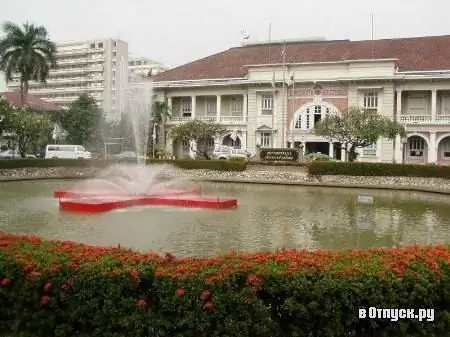
Description of the attraction
The Queen Saovabha Memorial Institute specializes in the breeding of venomous snakes, the extraction and research of snake venom, and the development of vaccines against rabies and cholera. There is a snake farm at the institute - a popular attraction in Bangkok.
The history of the institute begins in 1912, when King Rama VI ordered the creation of a state laboratory for the production and distribution of rabies vaccines. The proposal to organize the institute came from Prince Damrong, whose daughter, Princess Banlusirisarn, died of rabies. The institute was officially opened on October 26, 1913 in the Luang building on Bamrung Muang Street and in 1917 was named after Louis Pasteur, who first developed the rabies vaccine. At the same time, this institution came under the control of the Thai Red Cross.
In the early 1920s, the king offered his land plot on Rama IV Street for the construction of a new building for the institute. It was opened on December 7, 1922 and named after Queen Saowabha Fongsri. At the same time, the first director of the institute, Dr. Leopold Robert, asked foreigners living in Thailand for financial assistance to create a snake farm, which would allow the institute to produce an antidote for snake bites. The farm, which was the second in the world after a similar institution in Brazilian São Paulo, was opened in 1923.
The snake farm is home to thousands of snakes, including some of the most venomous in the world, such as the king cobra and some vipers. They are kept in vivariums. Twice a day, the farm hosts a show for visitors who can see how employees interact with snakes and collect their venom. Immediately, especially courageous guests are invited to be photographed with a huge python.
There is a museum at the snake farm where you can see snakes and their skeletons preserved in alcohol.






